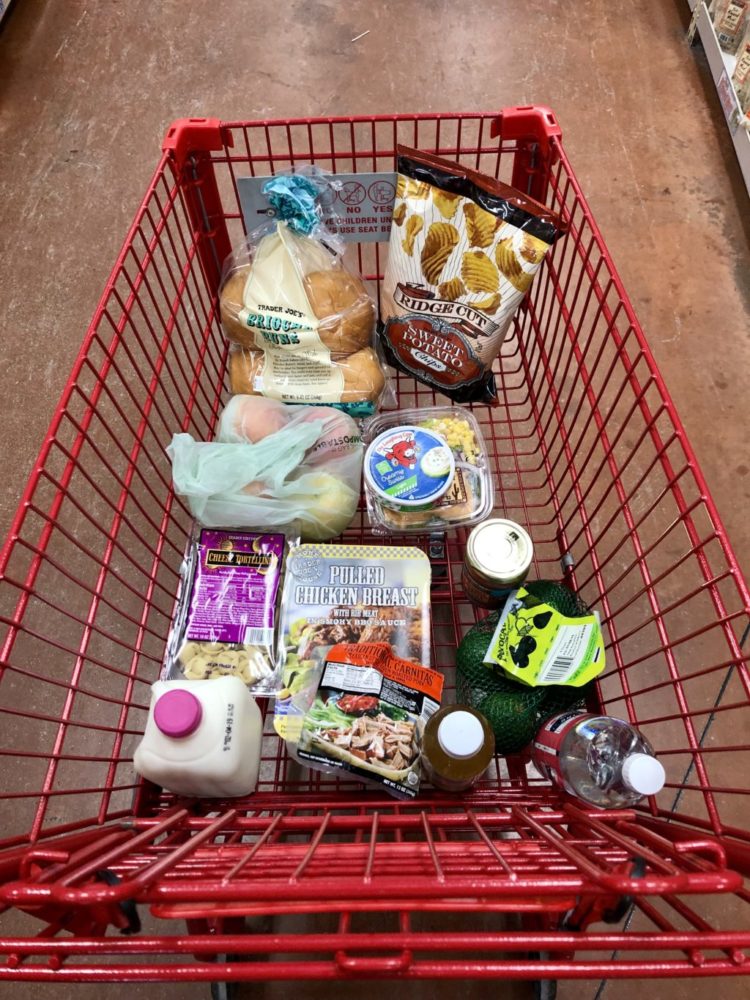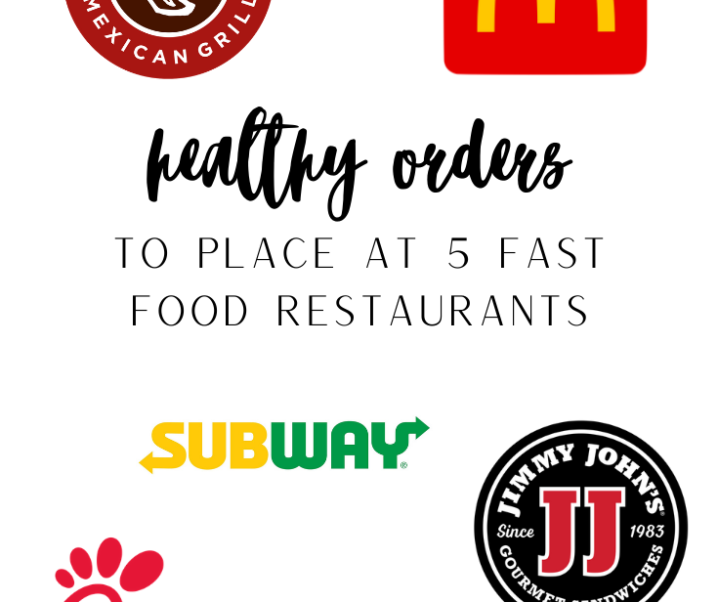1. Make a list (or use the grocery store’s app)
Heading into the grocery store without a plan can leave you walking aimlessly around the store. You’ll be thinking about what you need to buy, looking for that item, then end up backtracking when you realize you forgot something in the produce department. Shopping for groceries has just become stressful. I have found that making a list before grocery shopping can help me shop more efficiently and allow me to save time. If you go to a grocery store regularly, you will start getting an idea of the store layout and you can make your list reflect that layout. Making a list will help you make sure you only buy products you need and not purchase too much.
BONUS: Some grocery stores are starting to create apps you can download on your phone. I have used the Pay Less Super Market app and I’m a huge fan. You can make your list directly on the app which allows you to budget (if you are trying to) AND will put the list in order of the store, including the aisle numbers. The app will even show you any coupons that are available for your list items — saving you money and time!
2. Test out new products
I know some people aren’t always major fans of generic products, however, I have found that there are some generic products that are difficult to tell apart from the name brands. The generic brand is often less expensive or on sale with a shopper’s card. I have found items like pasta, cheese, milk, eggs, and more taste the same to me no matter what brand I get. For those products, I will typically buy whichever brand is on sale to save myself money. Now, I’m not saying you should give up your holy grail ice cream flavor to get the cheaper option because nobody wants to do that. I’m just suggesting that over time you test out different brands (including generics) so you will know what items you could substitute to save money and which items you will stick with, no matter what the cost.
3. Buy your groceries for two weeks
If you’re anything like me, you will be captivated by any good marketing technique and want to test out the new products. Every time I’m at the grocery store, I tend to buy at least 1 or 2 items that I did not plan to buy. Instead of depriving myself of trying out these exciting works of art, I’ve limited how often I go to the grocery store. Splurging on an item or two once every couple of weeks is a lot more guilt free than doing so each week. Additionally, buying in bulk is often cheaper. If you plan for two weeks worth of meals, you can actually buy items in bulk and know you will use them. With this technique, I do recommend having some backup options always stocked in case you run out of groceries quicker than intended. Your backup options won’t always be the healthiest, but these will be dry foods that stay good for a long time, such as pasta. Having backup items will prevent you from having to run to the store if you used something quicker than anticipated. You can still make time to go to the grocery store when it fits best in your schedule.
4. Split your meals
There are three ways you can split your meals, in my opinion, and you can utilize whichever works best for you. You can split meals with a friend, split meals by serving size, or split meals before cooking them. First, splitting meals with a friend is exactly what it sounds like. If you have roommates or somebody you spend a lot of time with, work together with them to make meals you both can enjoy. This way, you can split the cost of that meal and avoid the meal going bad before you can finish it. If you don’t have a friend nearby to split meals with, another way to split meals is by serving size. You’d be surprised how many servings are in some packages and how many meals you can make out of it. If you split meals into their suggested serving sizes, you will ultimately buy less food and can meal prep for the week. Lastly, if you do not like leftovers and you don’t have friends close by to share with, you can split your meals before cooking them. For example, you can freeze chicken and only defrost one piece at a time or only cook the amount of pasta you want to eat. Doing so will ensure your leftovers don’t go bad and will make your purchases last.
5. Evaluate and assess
After incorporating new techniques, the most important thing is to evaluate and assess how it went. This doesn’t have to be super time consuming or thorough, but reflecting will help you achieve your goals. If you try buying groceries for two weeks at a time, look back at how much you ate and how you can adjust your next grocery trip. If you’re budgeting, this is a good way to see if you are on track with meeting your budget. It’s okay to be over (or under) at times, but constantly being over budget will indicate you need to either increase your budget or focus more on meeting your budget. One thing I forgot to incorporate into grocery shopping was how often I would be eating out with friends. While in school, my friends and I will eat out roughly once a week to try new restaurants and have a weekly meal together. After evaluating and assessing my groceries, I realized I could cut back on groceries to account for the meal we decided to eat out.



























What do you think?